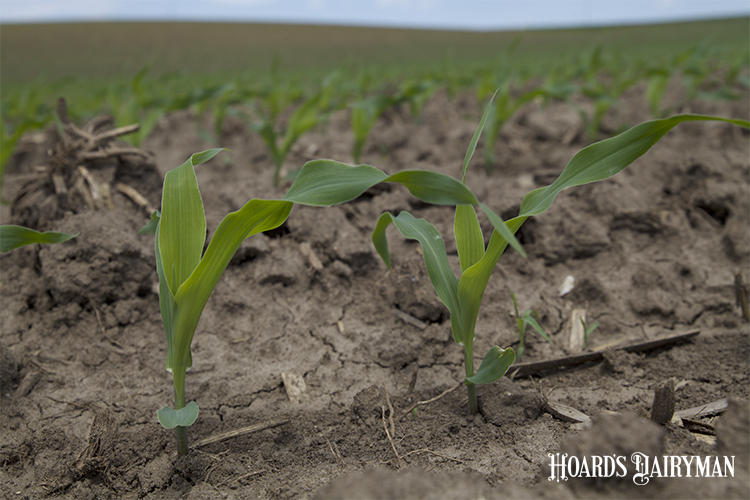
Dealing with a standalone year of high fertilizer prices means one thing when trying to balance costs with soil health and fertility. Following that up with another year of expensive fertilizer means you must make similar decisions while also considering the additive effects of last year’s adjustments.
As you begin making your crop plans for 2023 in this environment, a good starting point is to account for any nutrient changes you made this past year and determine if they would have any repercussions moving into next year, advised Joe Lawrence on the December 14 Hoard’s Dairyman DairyLivestream.
The dairy forage systems specialist said to do this by knowing what you already have — in other words, evaluate your soil samples to see the effects of whatever cost-saving measures you may have used this year. “If you had some higher levels and thought in 2022, ‘I’m going to rely on drawing down those soil test levels a little bit to offset some inputs,’ we want to be careful doing that two years in a row,” he cautioned.
Dairy soils are typically pretty flush with phosphorus and potassium, said the Cornell Pro-Dairy specialist based in New York. The soil holds on to that well, so while you can’t continually draw down levels without eventually having issues, it can be an option for a few years. That may offer some fertilizer-saving help.
“The one you can’t do without is nitrogen in corn and wheat as well,” added Illinois extension specialist Gary Schnitkey. Keeping soil levels near university recommendations is crucial.
Getting the right amount
To help achieve nitrogen and other nutrient levels, manure will look especially attractive this year. Lawrence advised taking time to sample your manure and looking into what application rates are feasible and how that will fit into the needs of your fields. Thoughtful application timing and methods will give manure its greatest value.
“If we time application closer to when the crop is going to uptake those nutrients, we can be more efficient,” he said. If you can incorporate it into the soil, more of the valuable nitrogen will be available. “In liquid dairy manure, 50% of that nitrogen can be in that ammonium form, and it would just be blown off to the atmosphere if we don’t get it incorporated,” Lawrence stated.
Another tool to conserve fertilizer investment is to make the nutrients already present and those that are applied more available. Lawrence noted that a simple way to do that is to raise soil pH with lime. “When our pH gets down even into the low 6s, nutrients like phosphorus can be less than 60% available,” he explained. If soil pH hasn’t already been addressed, that is low-hanging fruit to help optimize nutrient usage, Lawrence described.
To watch the recording of the December 14 DairyLivestream, go to the link above. The program recording is also available as an audio-only podcast on Spotify, Google Podcasts, Apple Podcasts, and downloadable from the Hoard’s Dairyman website.
The next broadcast of DairyLivestream will be on Wednesday, January 11 at 11 a.m. CT. You can sign up here now. Registering once will sign you up for all future events.








